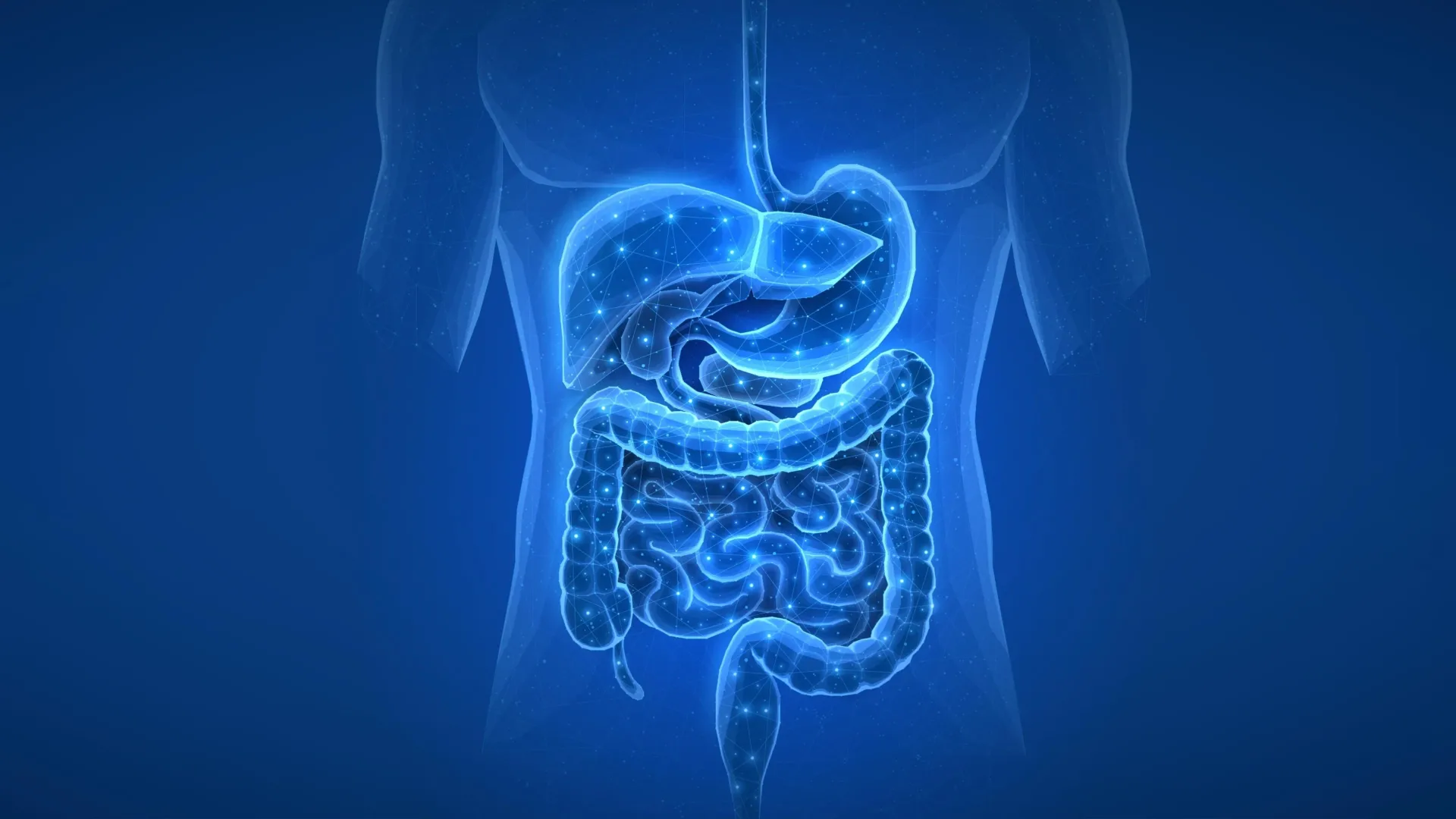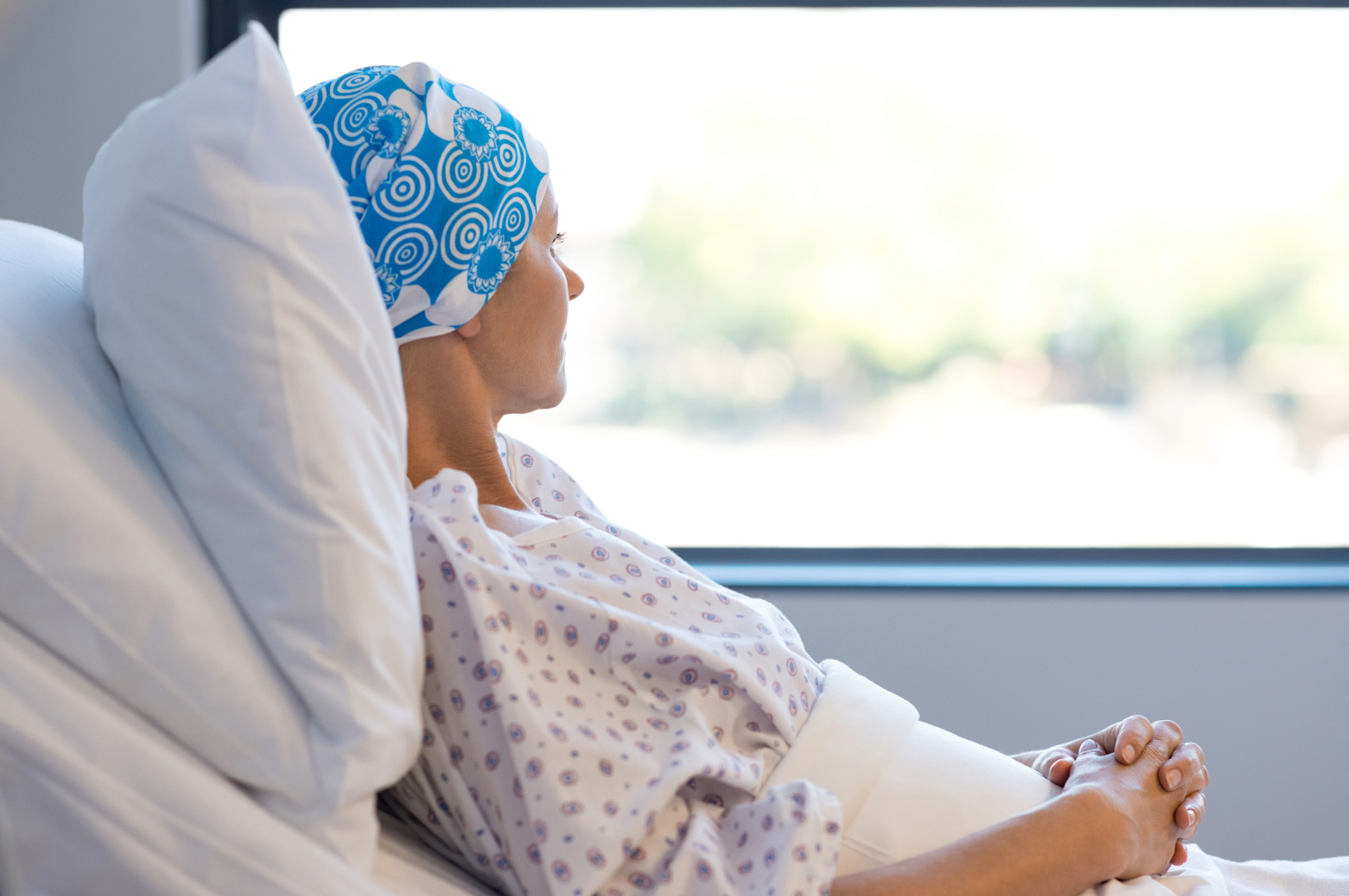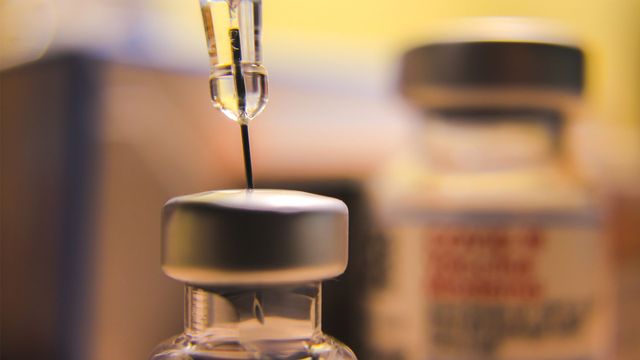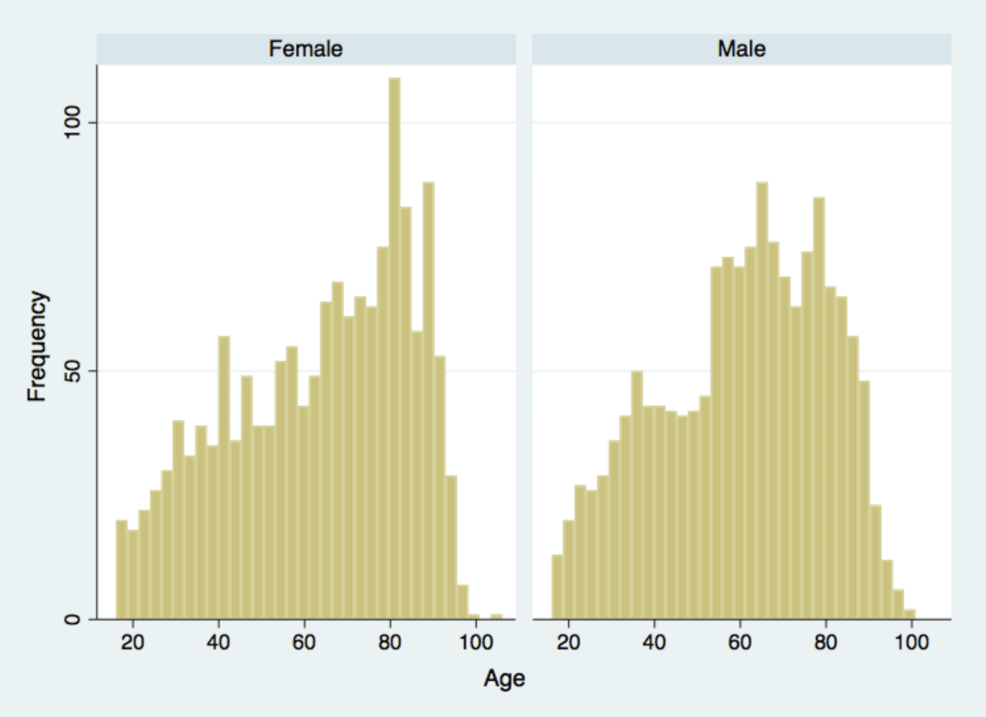Researchers at the University of Maryland School of Medicine’s Center for Vaccine Development and Global Health (CVD) have completed a successful Phase 1 clinical trial of a novel vaccine designed to protect against both typhoid fever and…
Category: 6. Health
-

Common medications may secretly rewire your gut for years
Medications a person took years ago can still influence the community of microbes living in their gut, according to a large study conducted by the University of Tartu Institute of Genomics.
By examining stool samples and prescription data from…
Continue Reading
-

Gender-Specific Next-Generation Sequencing Reveals First Allelic Varia
Introduction
Alzheimer’s disease (AD) represents the most common form of dementia, afflicting over 50 million people worldwide, with numbers projected to triple by 2050.1 Notably, epidemiological studies consistently demonstrate significant…
Continue Reading
-
HIV Diagnoses Fall but Inequalities Persist, Data Show – Medscape
- HIV Diagnoses Fall but Inequalities Persist, Data Show Medscape
- HIV testing, PrEP, new HIV diagnoses and care outcomes for people accessing HIV services: 2025 report GOV.UK
- New HIV diagnoses fall in 2024, but fewer young people getting tested:…
Continue Reading
-

Familial Cluster of Foodborne Botulism Associated with Homemade Dairy
Introduction
Foodborne botulism is a serious form of food poisoning caused by ingestion of food contaminated with a neurotoxin produced by Clostridium botulinum.1 Ingesting as little as 30 nanograms of this toxin can result in severe…
Continue Reading
-

Clinical profile of heart failure patients and evaluation of the presc
Introduction
Heart failure (HF) is a multifaceted clinical syndrome marked by the heart’s inability to adequately pump or fill with blood to satisfy the body’s metabolic requirements.1 Physiologically, HF can manifest as either insufficient…
Continue Reading
-

Global Research Status and Trends in Medial Meniscus Posterior Root Te
Introduction
The medial meniscus posterior root tear (MMPRT) is a clinically significant injury characterized by avulsion of the posterior root attachment of the medial meniscus.1–3 As a critical structure for maintaining joint biomechanics,…
Continue Reading
-

Promising Future of Novel Beta-Lactam Antibiotics Against Bacterial Re
Introduction
Antibiotic resistance is a growing global health concern, largely driven by the overuse, misuse, and frequent prescription of antibiotics—particularly beta-lactam agents.1–4 Beta-lactam antibiotics are characterised by the…
Continue Reading
-

Calls to cut red tape for cancer treatment
The Royal College of Radiologists and the Society of Radiographers warn that current structures stifle innovation and cause unequal access to cancer treatments
In a briefing note, the Royal College of Radiologists (RCR) and the Society of…
Continue Reading

